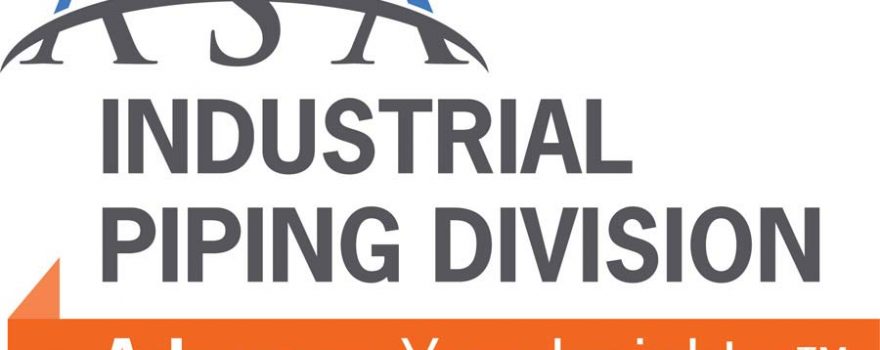
Post from supplyht
Stainless surcharges for March are a mixed bag. Type 304 and 430 were slipping due to lower iron prices that offset gains in nickel pricing, while Type 316 surcharges rose from the previous month, thanks to higher nickel and molybdenum tags. Type 201 surcharges ranged from slight gains to slight dips by domestic steel producers. Lower surcharges characterized most of the stainless market in February.
Nickel prices on the LME were erratic throughout February, but generally on the way up, nearing $11,000 a ton as the month drew to a close after the London Metal Exchange (LME) closed as low as $10,180 early in February. In part, the rise is attributable to increased demand, especially from China’s economic stimulus program, along with supply issues stemming from the Filipino government’s order closing some mines over environmental issues, as well as Indonesia’s on-off-on ban on ore exports.
The global nickel market pushed into a deficit in 2016, according to Toronto-based RBC Capital Markets, driven by a surge in demand. The RBC forecast predicts a bull market for nickel the next several years with prices averaging slightly more than $11,000 per ton on the LME in 2017, jumping to $13,000+ next year, over $15,000 in 2019, and leaping past $22,000 in 2020.
Global stainless steel production grew 9.5 percent in 2016 to a new record and will add another 4.0 percent in 2017, predicts MEPS International, Ltd.
Manganese ore prices are dropping, but U.S. ferromanganese and silicomanganese tags were holding firm thanks to thin inventories. The latest assessment from American Metal Market (AMM) showed spot prices for high-carbon ferromanganese ticked up about 1.1 percent on the high end to $1,400 to $1,480 per gross ton. Medium-carbon ferromanganese prices gained 2.2 percent, while low-carbon ferromanganese prices edged up 2.1 percent. Silicomanganese prices were also inching up despite the alloy’s declines in Asia and Europe.
Global production of molybdenum increased by 4.0 percent in 3Q16 and was up 2.0 percent compared with the same period in 2015, according to the International Molybdenum Association (IMOA). Global use of molybdenum in the third quarter increased 2.0 percent from the previous quarter and 3.0 percent compared with the same period in 2015.
Ferrochrome prices were descending until the last week of February, when AMM reported U.S. prices holding steady.
